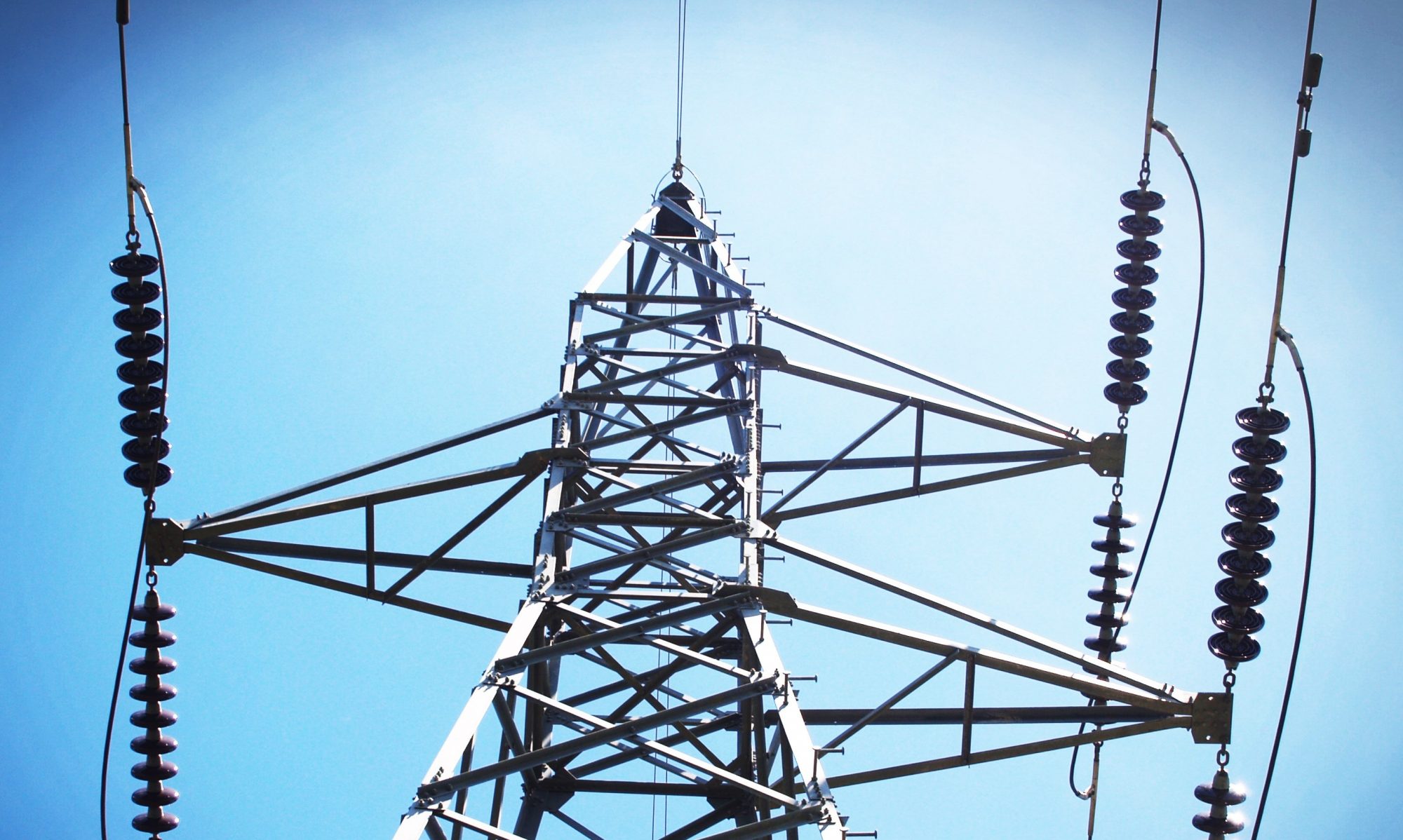
4k is becoming the new standard in the way that we experience movies and gaming. Depending on what type of content that one enjoys, the right cable can make a difference in the video and audio quality. There are many types of HDMI cables, each new version improving over the last. There is the usual standard HDMI cable, available in most homes and there are also HDMI cables with a dedicated network channel to make an internet connection available without needing any additional cables.
Video resolutions of 720p and 1080p are still being used, especially in gaming monitors. The current trending resolution that most PC’s seem to handle fairly good is 1440p. But as PC hardware advances at a rapid pace, 4K displays are slowly starting to become more sought-after. The same goes for consoles. Most TV sets today come with 4K support and console manufacturers are putting a lot of emphasis on making sure that their systems can handle a large number of pixels. The Xbox One X, for example, was marketed with the promise of delivering 4K gaming. The images looked incredible but a major downside was the reduced frame rate.
Besides the decent hardware capabilities of consoles and personal computers, there also needs to be a good conduit between the device and the display, one that can reliably deliver all of the necessary data. When it comes to 4K, the standard HDMI cable is no longer an option. They are tested to make sure that they reliably transmit 720 and 1080p video resolutions. Going above these resolutions will require more bandwidth, an amount that the standard version is not capable of.
What 4K requires is a high-speed 4k HDMI cable. These are higher quality cables which are more rigorously tested to make sure that they can transmit resolutions from 1080p to 4K while maintaining a rich color palette. The first-ever HDMI to support 4K resolution was version 1.4. This was a huge step for HDMI technology as it also added Ethernet connectivity and 3D capability. It was version 2.0 that managed to deliver 4K resolution of up to 60 fps and had a bandwidth of 18 Gbps.
When searching for a cable that supports the high bandwidth required by 4K, one should look an HDMI cable certified as high speed. This should not be hard as most cables are labeled according to their specifications. A high-speed HDMI cable can comfortably run on version 2.0 HDMI and should be capable of transmitting 4K resolutions at 60 fps. The frames, however, will depend on the device. As said before, 4k will demand a lot of juice from both PCs and consoles. A high price does not equal a good cable and when searching for the right cable, make sure to look for reliable manufacturers. This does not mean that throwing a few bucks at a cable will deliver optimal performance. Pricing is still a good way to navigate around the endless options out there.
